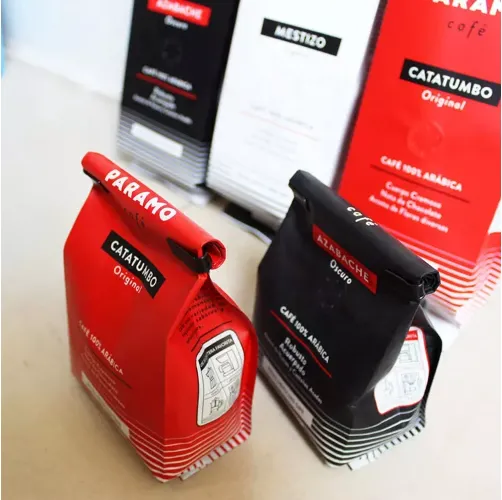- Afrikaans
- Albanian
- Amharic
- Arabic
- Armenian
- Azerbaijani
- Basque
- Belarusian
- Bengali
- Bosnian
- Bulgarian
- Catalan
- Cebuano
- chinese_simplified
- chinese_traditional
- Corsican
- Croatian
- Czech
- Danish
- Dutch
- English
- Esperanto
- Estonian
- Finnish
- French
- Frisian
- Galician
- Georgian
- German
- Greek
- Gujarati
- haitian_creole
- hausa
- hawaiian
- Hebrew
- Hindi
- Miao
- Hungarian
- Icelandic
- igbo
- Indonesian
- irish
- Italian
- Japanese
- Javanese
- Kannada
- kazakh
- Khmer
- Rwandese
- Korean
- Kurdish
- Kyrgyz
- Lao
- Latin
- Latvian
- Lithuanian
- Luxembourgish
- Macedonian
- Malgashi
- Malay
- Malayalam
- Maltese
- Maori
- Marathi
- Mongolian
- Myanmar
- Nepali
- Norwegian
- Norwegian
- Occitan
- Pashto
- Persian
- Polish
- Portuguese
- Punjabi
- Romanian
- Russian
- Samoan
- scottish-gaelic
- Serbian
- Sesotho
- Shona
- Sindhi
- Sinhala
- Slovak
- Slovenian
- Somali
- Spanish
- Sundanese
- Swahili
- Swedish
- Tagalog
- Tajik
- Tamil
- Tatar
- Telugu
- Thai
- Turkish
- Turkmen
- Ukrainian
- Urdu
- Uighur
- Uzbek
- Vietnamese
- Welsh
- Bantu
- Yiddish
- Yoruba
- Zulu
secondary packaging pharmaceuticals
Understanding Secondary Packaging in Pharmaceuticals
The pharmaceutical industry is one of the most regulated sectors globally, primarily due to the critical nature of the products involved. Medications must maintain their efficacy and safety from the moment they are produced until they reach patients. Secondary packaging plays a crucial role in this process, serving not only as a protective layer for the primary packaging but also as a means for branding, compliance, and information dissemination.
What is Secondary Packaging?
Secondary packaging refers to the outer packaging that contains one or more primary packages. In pharmaceuticals, the primary packaging usually refers to the immediate container that holds the medication, such as a blister pack, vial, or tablet bottle. Secondary packaging could include boxes, cartons, or any additional outer wrapping that encases these primary containers. The purpose of secondary packaging is multifaceted, encompassing protection, promotion, and information sharing.
Key Functions of Secondary Packaging
1. Protection One of the primary functions of secondary packaging is to protect the product from physical damage and contamination. It safeguards the primary packaging, which often consists of materials that are more susceptible to damage. For instance, glass vials or plastic bottles housing sensitive drugs require sturdy outer packaging to withstand transportation and storage conditions.
2. Compliance and Traceability Regulatory bodies worldwide mandate specific labeling and packaging requirements for pharmaceuticals. Secondary packaging often contains critical information, including product labeling, safety warnings, and dosage instructions, ensuring that healthcare providers and patients have access to essential data. Additionally, barcodes and QR codes incorporated in secondary packaging enhance traceability, allowing for better inventory management and tracking of products throughout the supply chain.
secondary packaging pharmaceuticals

3. Branding and Marketing In an increasingly competitive market, effective branding is vital. Secondary packaging offers pharmaceutical companies an avenue to project their brand identity and differentiate their products. Eye-catching designs, informative graphics, and unique shapes can attract healthcare professionals and consumers, influencing their purchasing decisions. Moreover, sustainable packaging solutions can enhance a brand's image as environmentally conscious, appealing to a growing number of eco-aware consumers.
4. Tamper-Evidence and Security Security is particularly important in the pharmaceutical industry due to the risk of tampering and counterfeit products. Secondary packaging often includes tamper-evident seals, shrink bands, or locking mechanisms that alert users to any unauthorized access. This feature provides an additional layer of safety, ensuring that what the consumer receives is authentic and safe for use.
Innovations in Secondary Packaging
With rapid advancements in technology, pharmaceutical companies are increasingly embracing innovative approaches to secondary packaging. Smart packaging solutions equipped with sensors can monitor environmental conditions like temperature and humidity, ensuring that the products remain within safe parameters throughout their lifecycle. These innovations improve the overall efficacy of medications and can help in the management of supply chains, reducing waste and optimizing resources.
Moreover, the trend towards sustainability is influencing secondary packaging design. Many pharmaceutical companies are now adopting eco-friendly materials that minimize environmental impact without compromising product safety. Biodegradable and recyclable packaging options are increasingly available, responding to consumer demand for responsible and sustainable practices.
Conclusion
Secondary packaging is an indispensable component of the pharmaceutical supply chain, offering protection, compliance, branding, and security. As the industry continues to evolve, the importance of innovative and sustainable packaging solutions will only grow. Pharmaceutical companies that prioritize effective secondary packaging stand to benefit not only from enhanced product safety and compliance but also from improved brand loyalty and consumer trust. By embracing new technologies and sustainable practices, the pharmaceutical industry can ensure that patients receive safe, effective, and responsibly packaged medications, ultimately leading to better health outcomes.













